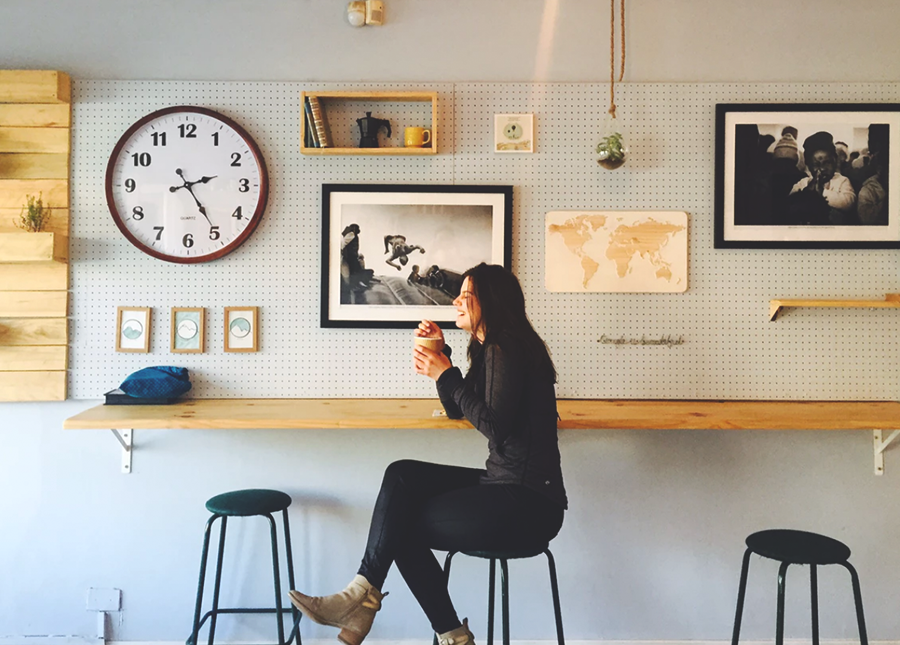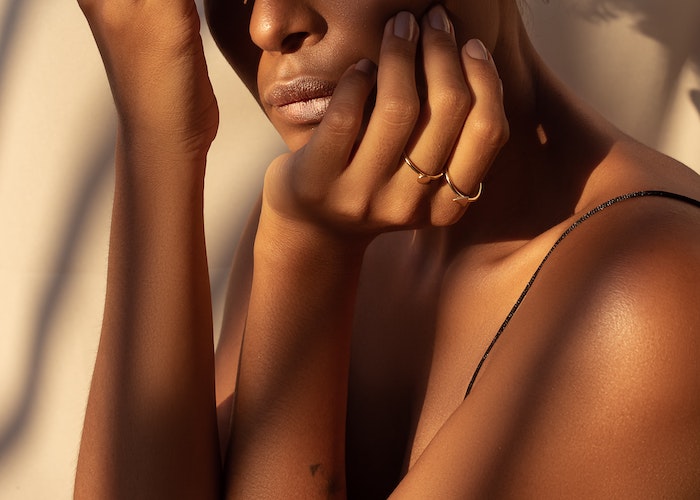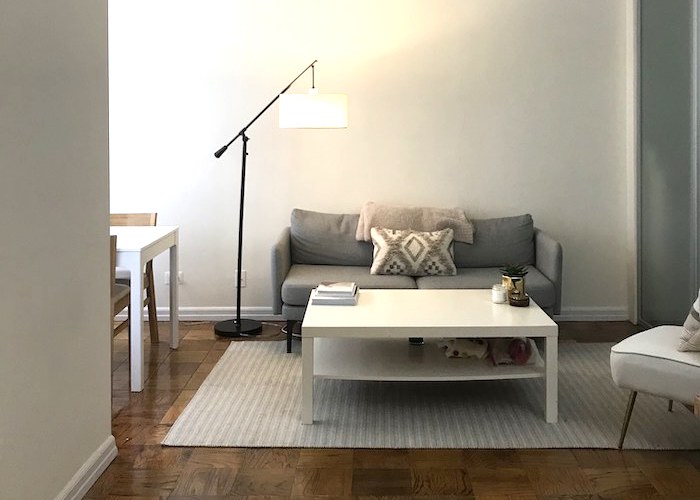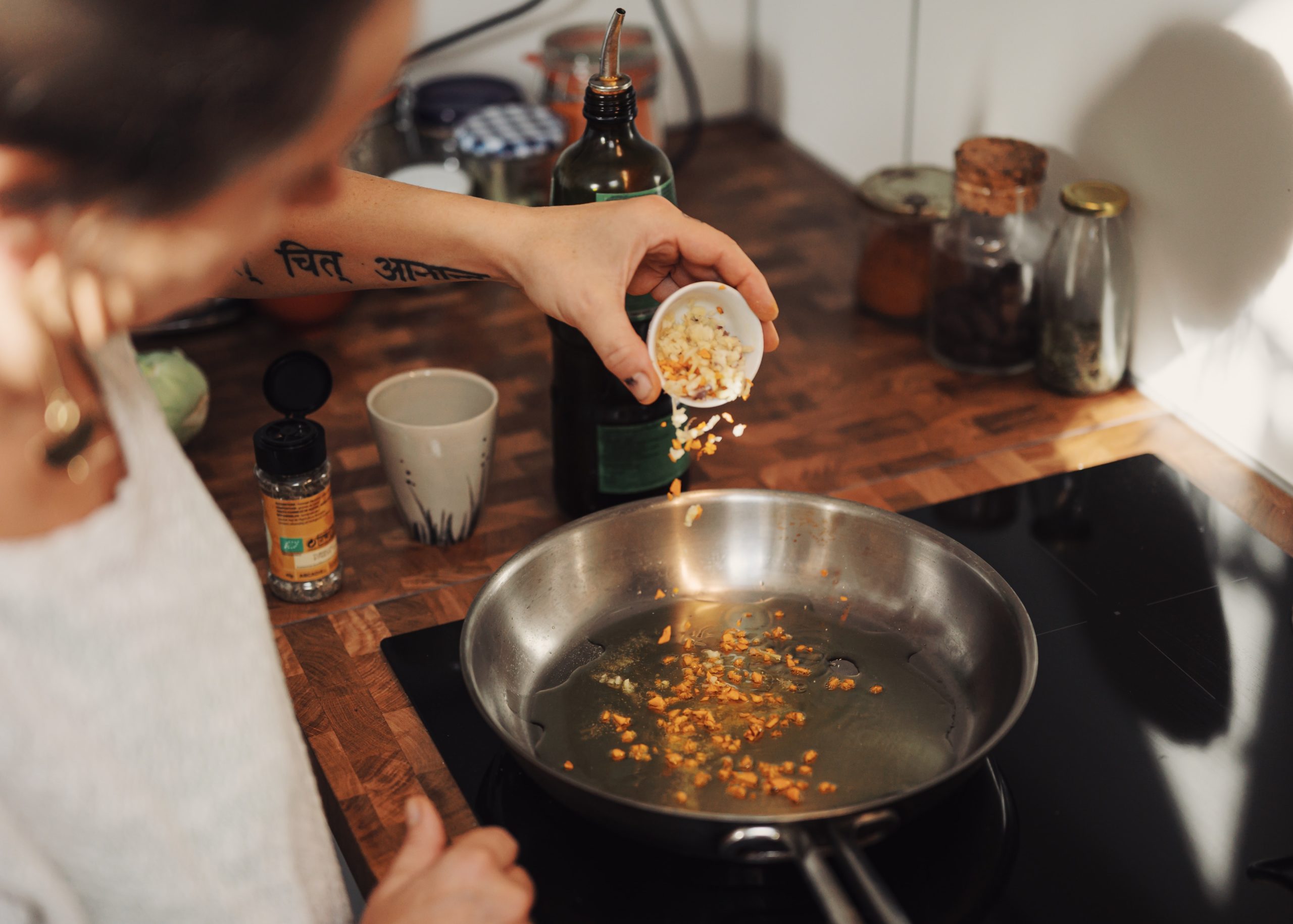6 Nearly-Free Tricks That Helped Heal My Bad Skin

I have been told on more than one occasion that I am perhaps not a great person to write on the topic of “bad skin” since my skin is, for all intents and purposes, pretty damn good. And I’ve nodded and laughed along when being told this, because I have to admit that today I do have skin that I feel highly comfortable in, and have even been known to go fully bare-faced into the world once in a while (although not often — old habits die hard, and I will likely die a daily foundation-wearer).
But the thing about being a Bad-Skinned Person (™) is that even if your skin is in the 1% (made up figure, don’t Google this) of bad skin that miraculously heals after many terrible years (aka mine) you still feel like a bad-skinned person forever. You’re still angry if someone touches your face; you still religiously wash your pillowcases twice a week; you still panic at the prospect of trying new makeup or a new skincare product in fear that it will break you out.
And the more frustrating thing about being both a bad-skinned person or a former bad-skinned person is that there is really almost nothing you can do. Skincare isn’t one-size-fits-all, and the magic potion that cleared one person’s acne for life might make another person’s aggressively worse. And we can do things and see some changes and never really know for certain whether or not the new cream we used or the food we cut out of our diet is the thing that truly fixed it (or the thing that made it worse). So we just move on and keep trying, and honestly, although my skin is 10x better today than it was a few years ago, I’ll probably always be on a journey of improving it, seeing it get a little worse, finding new things that make it better, and adjusting my lifestyle and beauty routine to keep myself feeling at least somewhat confident.
And although I’m no expert, and I can’t say for certain what actually helped my skin get better, and I definitely can’t say for certain what might help someone else’s, I can say that these six things are things that I was doing pretty religiously during the time that I began to see my skin clear up. The best part? Nearly all of them were extremely cheap, or even free (ish — I know you pay for water, but I still consider ice cubes to be ~free~). If you want to give one or two of these inexpensive Hail Marys a shot before you try your next pricey cleanser or toner, they just might help you start feeling a little better just like they did with me.
1. Using ice cubes
I don’t really have the medical or scientific knowledge to say whether or not this actually did anything or if it was just in my head, but I used ice cubes on my acne spots for one simple reason above all others: it felt good. A little-known secret that everyone in the bad skin community holds is that it really freaking hurts to have inflamed, erupting face-skin. But aside from just soothing the spots, holding an ice cube on them for a few seconds (really as many as I could tolerate before getting actually freezing cold) brought redness and swelling down, making my face feel a little bit more like mine and a little bit less like the breakout’s war zone.
2. Trying a different toothpaste brand
I read that certain chemicals found in some toothpaste could irritate sensitive skin and cause acne. I switched brands at the tail-end of my bad skin journey, when I was really starting to see huge improvements and clearing up already, so I’m not sure if it helped or sped up the process. But I’m too scared to find out so I stick to my breakout-free toothpaste of choice (Sensodyne) just in case.
3. Changing your hair length (and style)
This was probably one of the biggest game-changers for me, although I obviously can’t say that this is the source of anyone else’s acne so results may vary. After much investigation, I realized that my terrible skin began just around the time that I got a dramatic hair-chop, bringing my mid-back-length hair up to just above my shoulders, where it brushed up against my face constantly and couldn’t be easily pulled back into an updo. I have incredibly sensitive skin, so it seems that a huge trigger for my breakouts was the irritation from my freshly chopped hair constantly rubbing against it.
Obviously, there’s not much you can do about this besides waiting for your hair to grow and trying to keep it at a length where it falls down behind your ears and more towards your back than brushing forward into your face, and clipping it back as best as possible in the meantime. A huge part of this for me was when I realized that the time my hair was doing the most damage to my face was at night when I wasn’t awake and aware enough to push the hair off of my face when it fell towards my cheeks. I began tying it up on my head and pinning all the small pieces back, sometimes even sleeping with it wrapped up to avoid too much contact with my skin, which really seemed to make a difference. Even today, I notice that if my hair rubs against my face or I fall asleep without tying my hair back, I’m more prone to waking up with a small breakout the next day.
It also didn’t help that at this time, I was adjusting to a very new ~look~ and therefore experimenting with different styling products, which brings me to my next point:
4. Cutting down on hair products
Similarly, the products that are on your hair may rub onto your face when they make contact, or even creep down to your face after you spray/rub them on. I did a bit of reading on this topic when my skin was at its worst, and I found that sulfate-free shampoos and conditioners are usually a safer bet for being less irritating to sensitive skin. I switched over painlessly, and actually found that I like the way they work with my hair better anyway, so I’m now pretty fully committed to these types of hair products.
As for styling products, I pretty much cut them out completely (except for the occasional dry shampoo). This isn’t realistic or necessary for everyone — if you like your hairsprays and styling creams and mousses, you do you. I’d just say to be careful that you’re not smearing products on to your skin by mistake when rubbing them into your hair, and to pay extra mind to keep your hair from touching your face on the days you’re loaded up with product.
5. Laying off dairy products
I obviously can’t say with certainty exactly what cleared my skin the most, but I did notice a turning point when I began to slowly remove a lot of dairy from my diet. This definitely isn’t a cure-all, but for me, it seemed to make a lot of parts of my body react positively — skin included. I am not dairy-free (nor will I probably ever be, but never say never), but it isn’t a huge part of my diet anymore, and it definitely used to be a daily occurrence before I consciously cut back after reading that it may clear skin. I really just tried to cut it out in the places I used it most, but would notice its absence the least — things like putting cream in my coffee (it tastes nearly the same black) and putting cheese into things like pasta and omelets where I would probably enjoy it just as much without.
6. Get a little sun
My skin is absolutely, unequivocally better in the summer, and I know that is because the bit of sun exposure it gets (as opposed to winter when my skin and I are severely vitamin-D deficient). Once again, this is something you can’t really control — you’re not entirely the boss of whether or not you can bask in the sun, depending on where you live and what you do day-to-day. But there are options like tanning beds (used in extreme moderation) and light systems that may help if your skin is feeling particularly bad and you will do anything to try and help it.
Mary writes every day for TFD, and tweets every day for her own personal fulfillment. Talk to her about money and life at mary@thefinancialdiet.com!
Image via Unsplash




